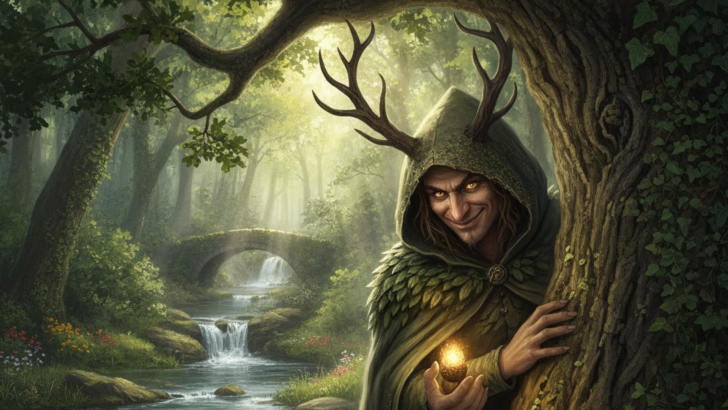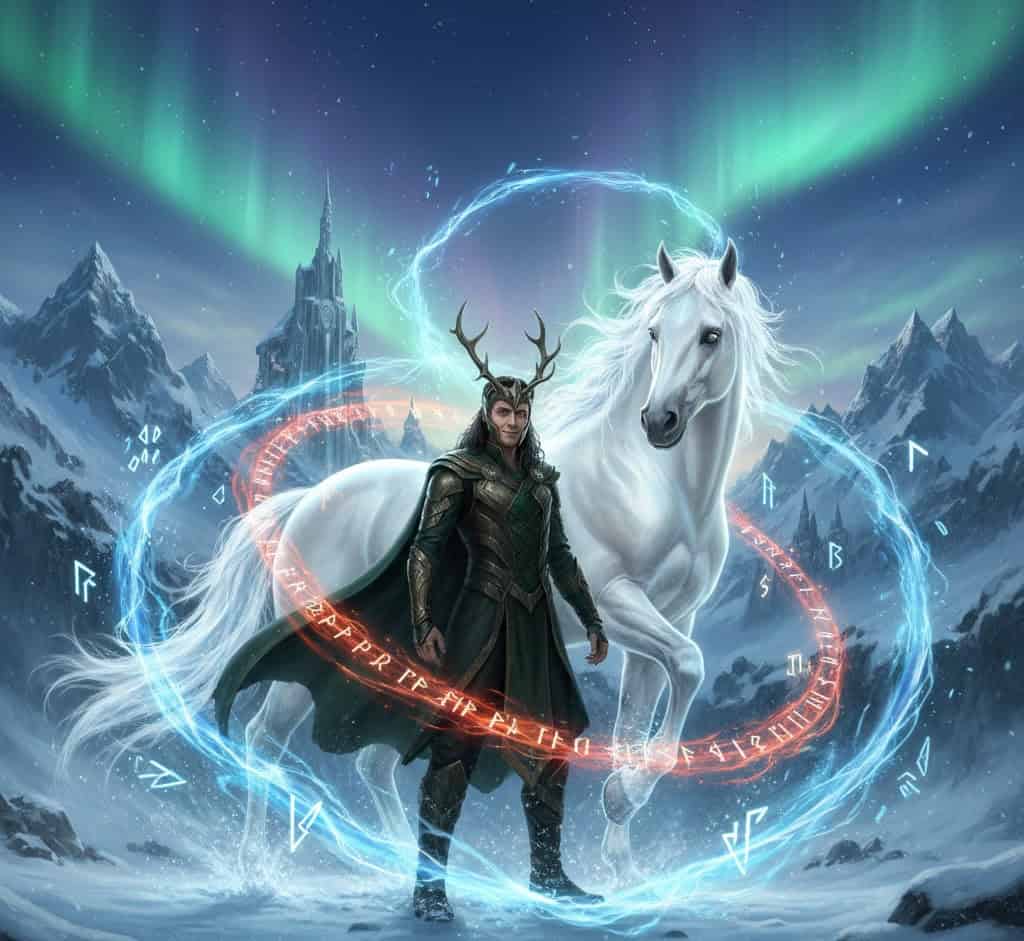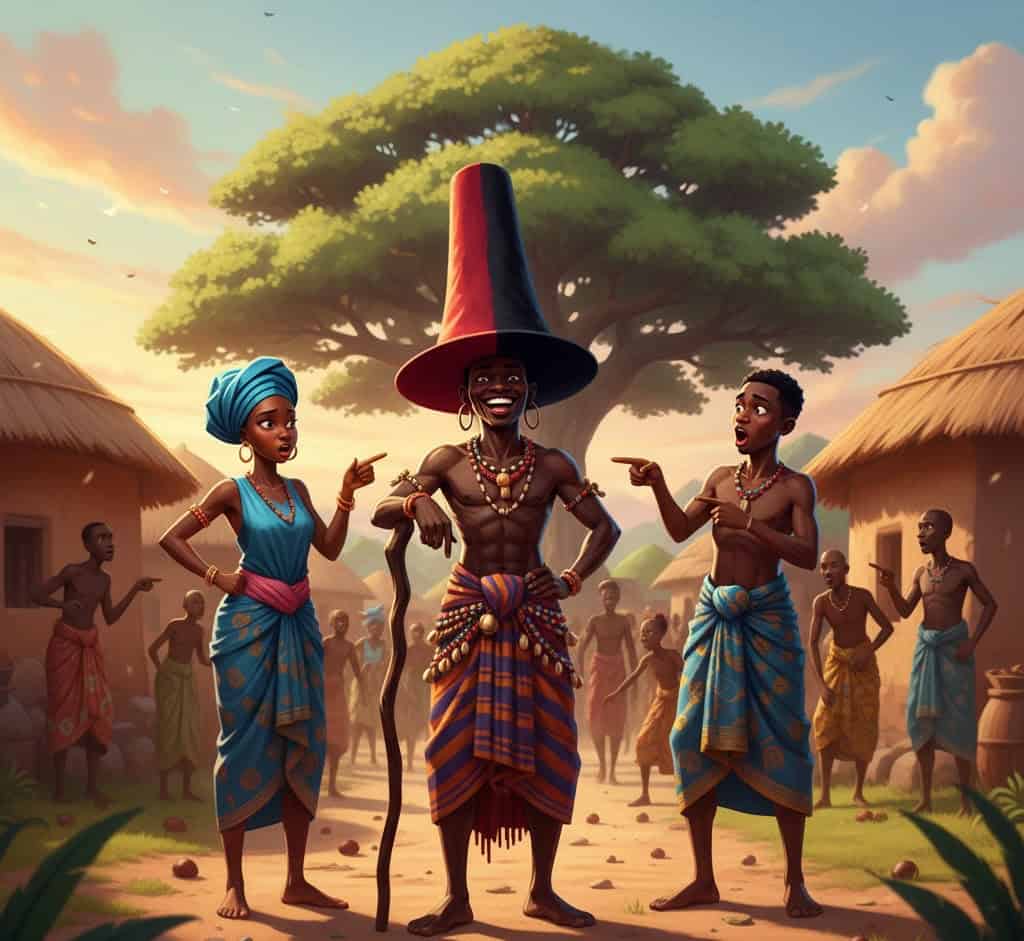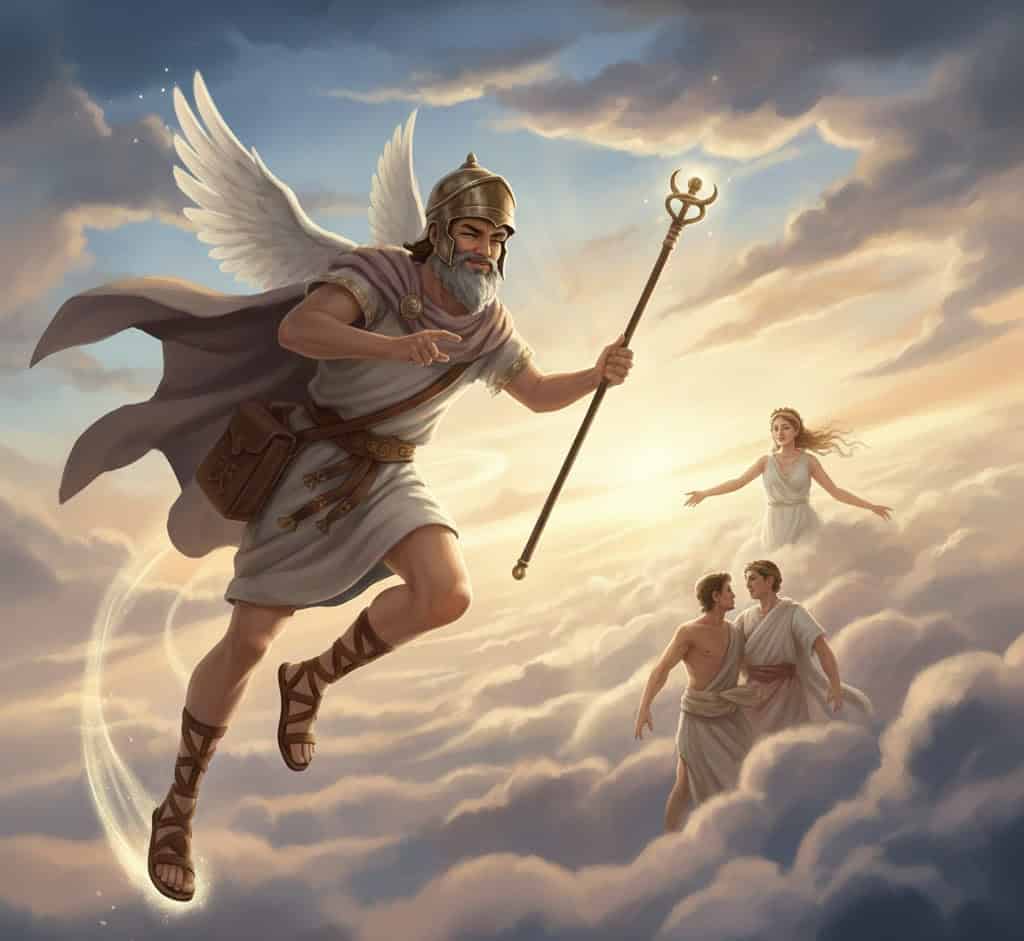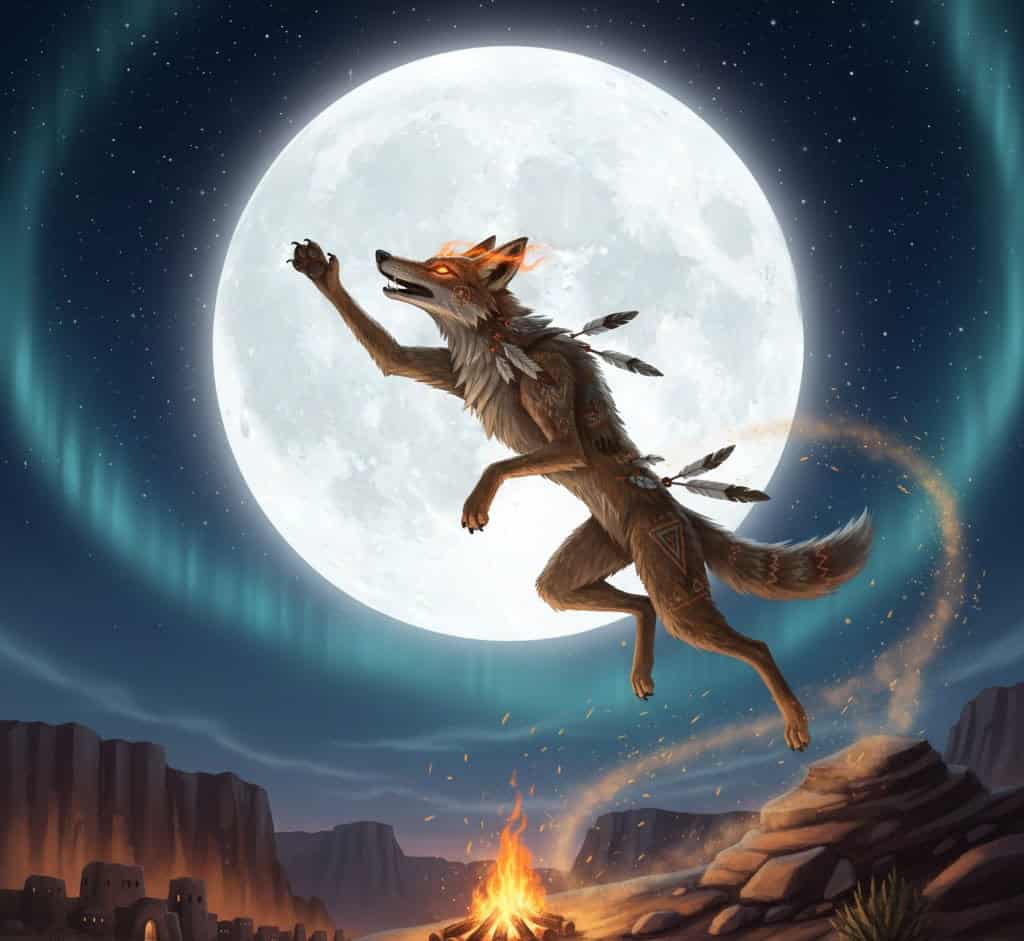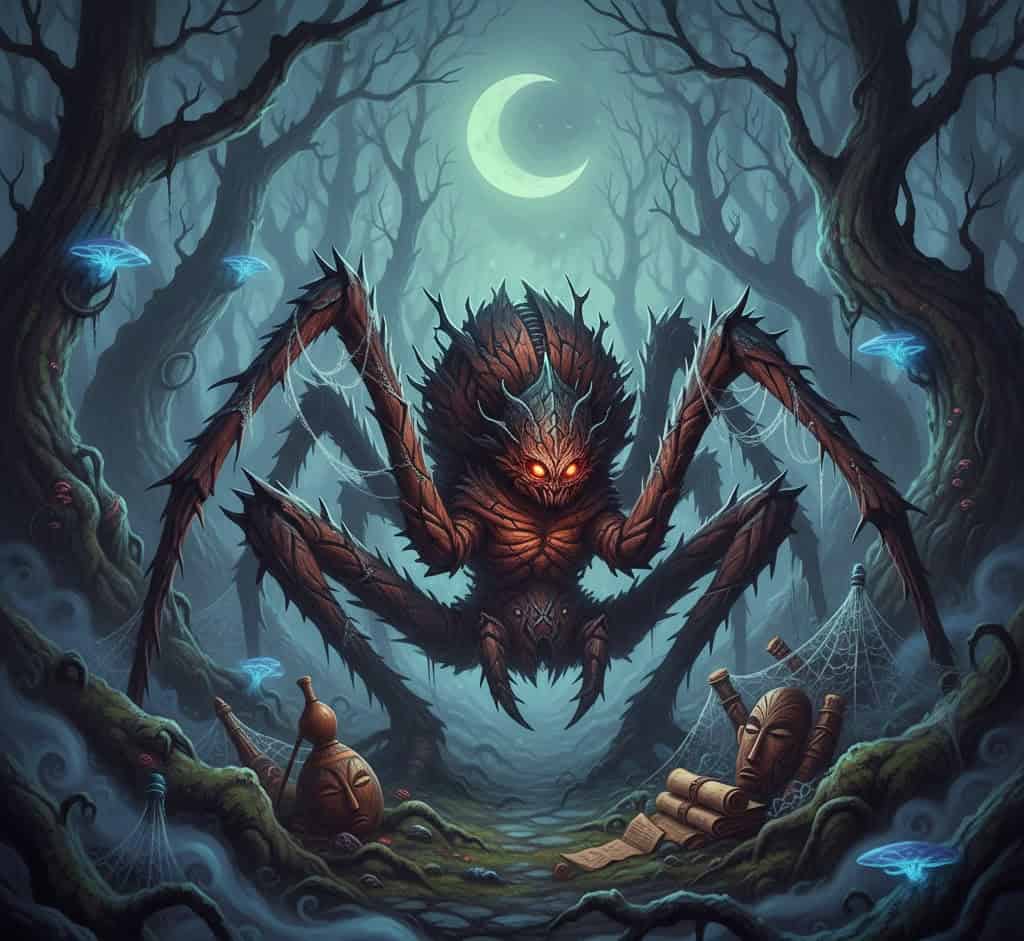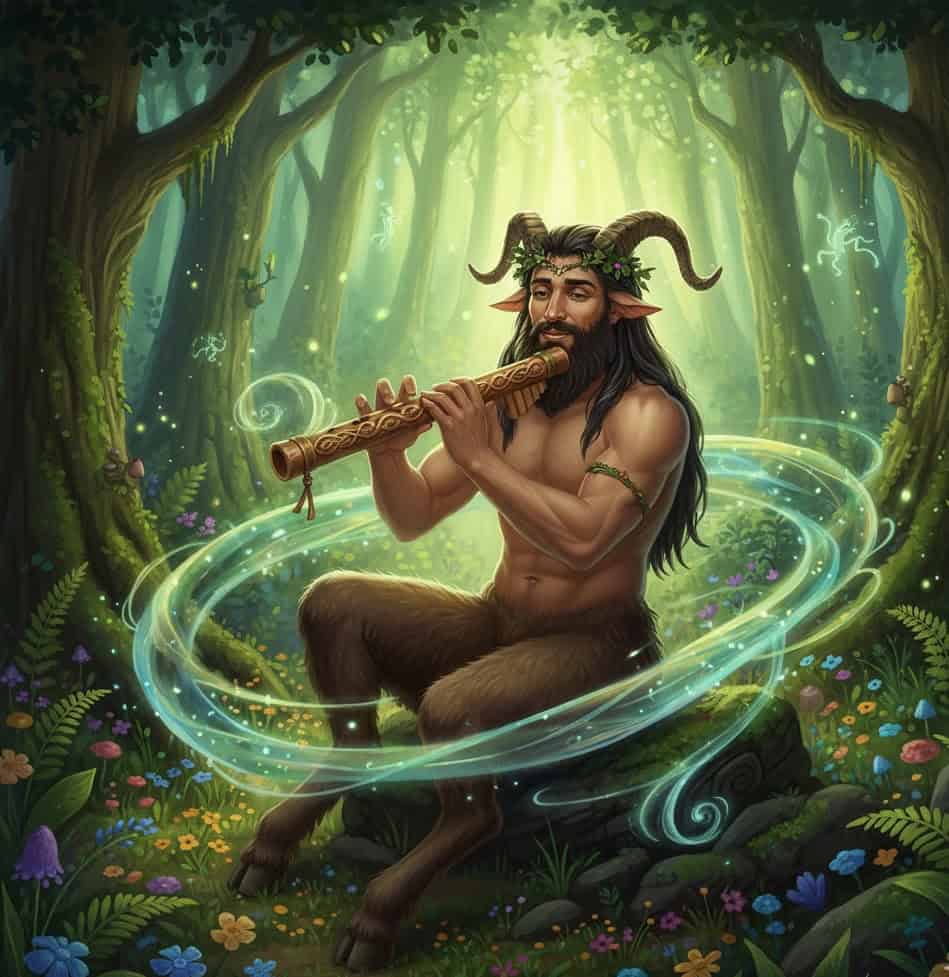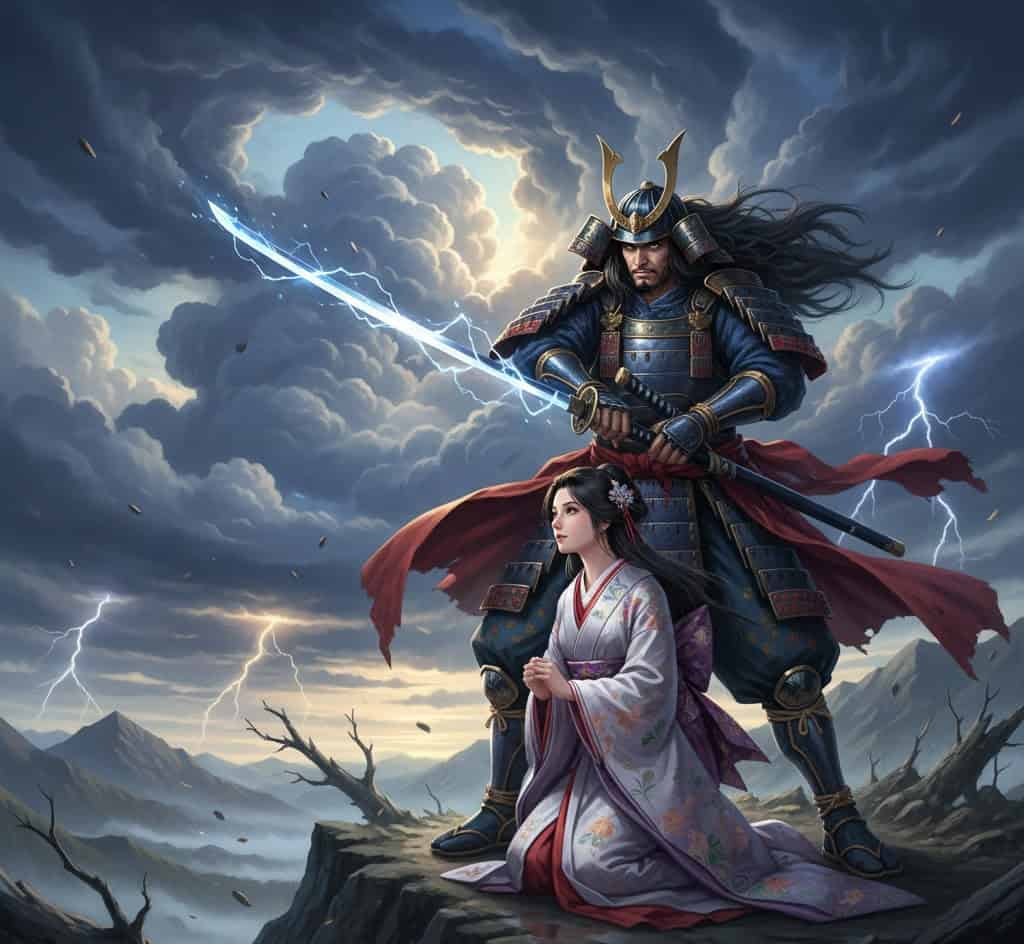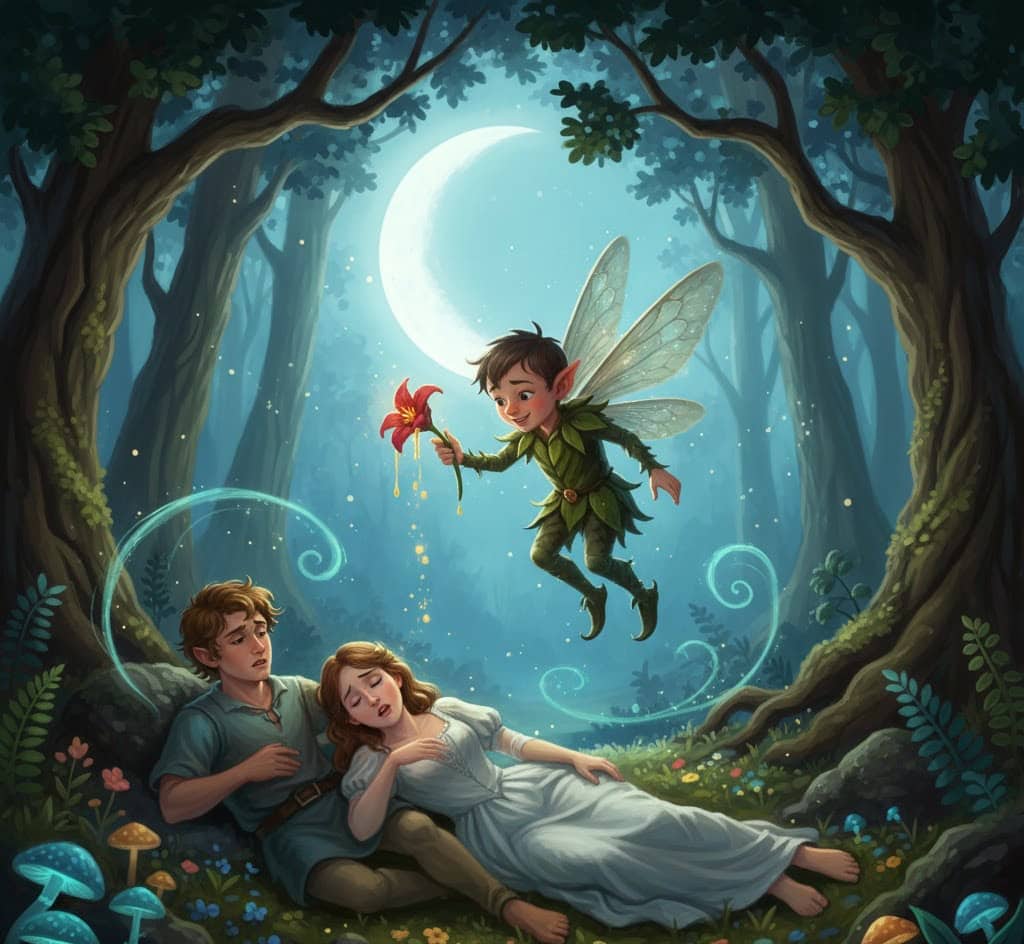Trickster gods are the ultimate mischief-makers of mythology. They bend rules, play with human emotions, and reveal truths hidden beneath the chaos they create.
When it comes to desire, these gods and goddesses often take center stage, weaving love, lust, and temptation into their games.
Across cultures, they’ve shaped how people understand passion and human longing — sometimes through humor, sometimes through heartbreak.
Let’s dive into nine myths where tricksters turned desire into their favorite toy.
1. Loki and the Forbidden Temptations of Asgard
In Norse mythology, Loki is famous for his pranks, but his manipulations often involve human and divine desire.
He could shapeshift into anything, seduce anyone, and turn the strongest gods against each other through jealousy or lust.
One of his most notorious tales involves transforming into a beautiful mare to distract a giant’s stallion — and eventually giving birth to the magical horse Sleipnir.
Loki’s chaotic relationship with desire reminds us that temptation is not always about pleasure. It’s about the unpredictable consequences that follow.
2. Eshu’s Playful Lessons of Love in Yoruba Myth
Eshu, the trickster of Yoruba mythology, thrives on creating situations where humans must make moral choices — often about love and fidelity.
He delivers messages between gods and people, but never without a twist. In one story, Eshu wears a two-colored hat, red on one side and black on the other, and walks between two friends.
When they argue about what color the hat was, Eshu laughs, revealing both sides. In matters of desire, he tests loyalty and perception, showing that love can be blinding as easily as it can be enlightening.
3. Hermes and the Games of Divine Desire
Hermes, the Greek messenger god, is clever, charming, and endlessly curious — a trickster who loves to meddle in the affairs of gods and mortals.
Known for his silver tongue and playful wit, Hermes often stirs desire just to see what will happen next.
He once helped Zeus woo mortal women, using words and clever disguises to make the impossible possible.
Yet Hermes also guided souls and taught balance, reminding us that desire must move with both speed and intention, like his winged sandals.
4. Coyote and the Fire of Want in Native American Lore
Coyote is one of the most famous trickster figures in Native American stories, representing both wisdom and foolishness.
In many legends, his curiosity about love leads him into trouble. In one tale, he falls in love with the moon and tries to catch her, only to end up burned by her brilliance.
His adventures often mirror human desire — a longing for something just out of reach.
Coyote teaches that passion can be powerful but also destructive when pursued without understanding.
5. Maui and the Tricks of Passion in Polynesian Myths
Maui, the clever hero-trickster of Polynesian mythology, is known for his daring feats — slowing the sun, fishing up islands, and defying gods.
Yet his cunning also extends to love and attraction. Some tales describe Maui’s attempts to win the attention of powerful goddesses through clever words and bold actions.
His tricks reveal the playful side of desire, where charm and humor win more than brute force.
Maui shows that attraction, when mixed with creativity, can shape legends that last forever.
6. Anansi and the Web of Desire in West African Tales
Anansi, the spider god, is a master storyteller whose mischief often revolves around greed, lust, or pride.
In one story, he tricks other animals to win a woman’s affection, only to lose everything because of his vanity. His web symbolizes how easily people get entangled in their own emotions.
Anansi’s tales always end with a twist, teaching that desire without honesty becomes a trap.
His cleverness entertains, but it also mirrors how human longing can spin out of control.
7. Pan and the Wild Temptations of Nature
Pan, the Greek god of the wild, is both a musician and a mischief-maker. With his flute and laughter, he personifies untamed desire.
Legends say that Pan’s melodies could seduce nymphs, enchant mortals, and stir even the calmest hearts. Yet he was also lonely, forever chasing what he could not have.
Through Pan, the ancients explored the raw, instinctive side of human desire — the part that doesn’t follow rules or reason.
He reminds us that attraction can be wild, beautiful, and heartbreakingly free.
8. Susanoo’s Reckless Love in Japanese Myth
Susanoo, the Japanese storm god, is both heroic and chaotic. His emotions run high, and when love mixes with pride, the result is destruction.
After being banished from heaven, Susanoo wandered the earth, causing tempests and trouble.
But he also fell deeply in love — and his passion led him to slay a monstrous serpent to win his beloved.
In Japanese myth, Susanoo’s story blends trickery, bravery, and desire into one. His love is fierce and unpredictable, a storm that clears the sky only after it rages.
9. Puck and the Mischief of Desire in English Folklore
Puck, or Robin Goodfellow, is one of the most delightful tricksters in English folklore.
He plays with human hearts just for fun, making lovers fall for the wrong person or wander through enchanted woods in confusion.
Shakespeare’s A Midsummer Night’s Dream captures this perfectly — Puck’s love potion turns desire into hilarious chaos.
Yet his mischief always carries a gentle lesson: desire cannot be controlled. It follows its own magic, and those who chase it too seriously often end up laughing at themselves.

自出生以来,我一直感觉到自己与神灵有着紧密的联系。作为一名作家和导师,我的使命是帮助他人在最黑暗的时刻找到爱、幸福和内心的力量。

